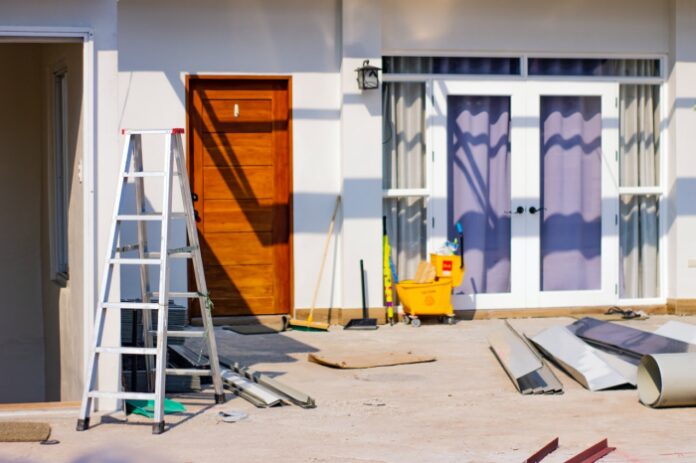Buying a home is a fantastic experience. Living in your own house is even much better. However, home ownership comes with its fair share of expenses. You have to take care of things like home insurance, home additions and repairs.
Home renovations or repairs can cost a lot of money. You might find yourself in a situation where you are short of cash, but find an urgent makeover inevitable. Or, you may not find logic in forking out huge sums of cash in one sitting. Fortunately, there are plenty of options where you do not have to deplete your savings instantly.
There are different options you can choose from in the form of home improvement loans to fund your home renovations. Here are a few of the options you can choose from when funding your home renovations.
203K Renovation Loan
A 203(k) renovation loan combines your home renovation and mortgage costs. When applying for this loan, you do not have to worry about sending two different applications or paying different closing costs.
Instead, a single application can finance both the purchase and renovation costs of your home. This is done when buying a home and is one of the best loans for those buying a home that needs renovations such as fixer-uppers.
The 203(k) renovation loan is backed by the government. This means that you get benefits such as low down payments and applications even if you do not have the perfect credit history. Just like most loans, this loan includes mortgage insurance and an upfront payment.
Cash-Out Refinance
Cash-out refinance is a popular funding option for home renovations. It works by allowing homeowners to refinance a new mortgage loan but with a balance bigger than what they currently have. They then keep the balance but pay the existing mortgage.
The amount of money received from this funding option is generated from the equity of your home. It is this money that you can use to fund your home renovations. You can also use this money for anything else since it does not come with rules restricting you to renovations.
A cash-out refinance is the best option for homeowners who want to have their existing loans reset. This allows them to benefit from lower interest rates than their existing mortgages. You can also adjust your mortgage term with cash-out refinance.
Home Equity Line of Credit (HELOC)
A home equity line of credit (HELOC) is best suited for homeowners who want to fund their home renovations without having to refinance their existing mortgages. A HELOC functions like a credit card since it allows you to borrow up to a certain limit.
You can then pay the loan back and borrow again when the need arises. A HELOC comes with adjustable interest rates. This means that interest rates can fall or rise from time to time. The interest is due on your existing balance, not the entire amount of money borrowed.
When getting a HELOC loan, it is important to note that you can borrow any amount, not necessarily the maximum amount of loan that you are allowed to borrow. Borrowing a smaller amount means that your interest charges and payments get lower.
Home Equity Loan (HEL)
You can fund your home renovations by borrowing against the home’s equity. The equity can be calculated by determining the value of your home and then subtracting the balance you have on your mortgage loan.
However, it is important to note that you cannot use a home equity loan to pay for your current mortgage, something you can do with a cash-out refinance. Getting a home equity loan means that you will be making payments for both the loan and your existing mortgage for those who have a mortgage.
A home equity loan is best suited for homeowners who would like to fund a huge home renovation project. It is also good for those who have built plenty of equity in their homes. The loan is disbursed in a lump sum.
Personal Loans
You can also fund your home renovations using personal loans, especially for those with little home equity. Since these loans are not secured, your home will not be used as collateral. You can get these loans more quickly compared to most of the funding options discussed in this article.
Even though personal loans come with fixed or adjustable rates, it is important to note that their interest rates are often higher than those that come with HELOC or HEL loans. However, with a good to excellent credit score, you will be able to get a cheap rate.
The term for personal loans is not as flexible as it is for other loans. It ranges from about two to five years. You will also need to pay closing costs. That notwithstanding, personal loans are more accessible.
Final Thoughts on Funding Home Renovations
So, which option should you choose? Well, when choosing a home renovation funding option, make sure that the one you settle for meets your financial requirements.
Find a Home-Based Business to Start-Up >>> Hundreds of Business Listings.

















































